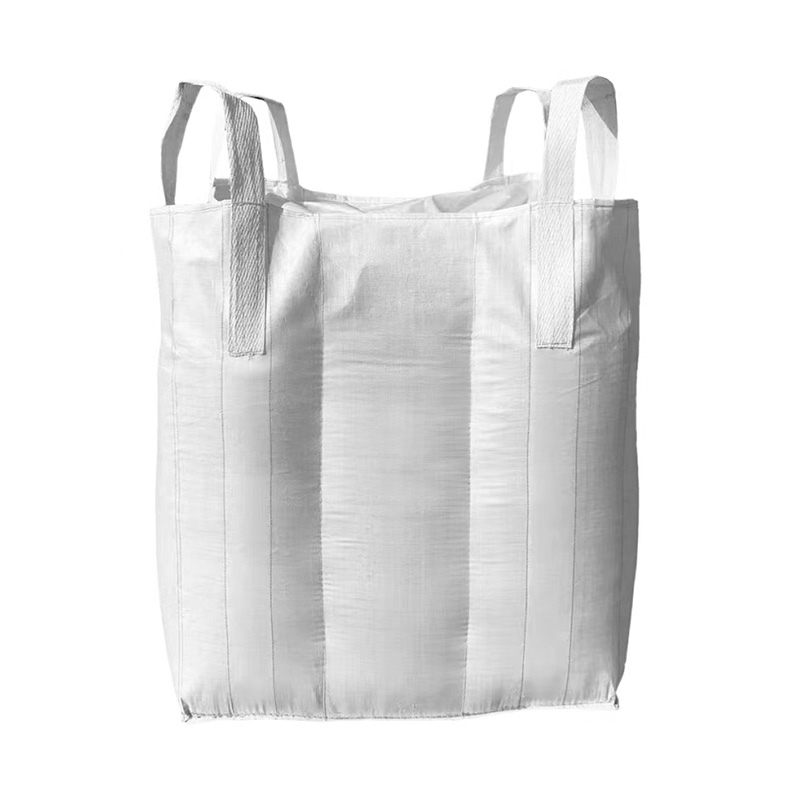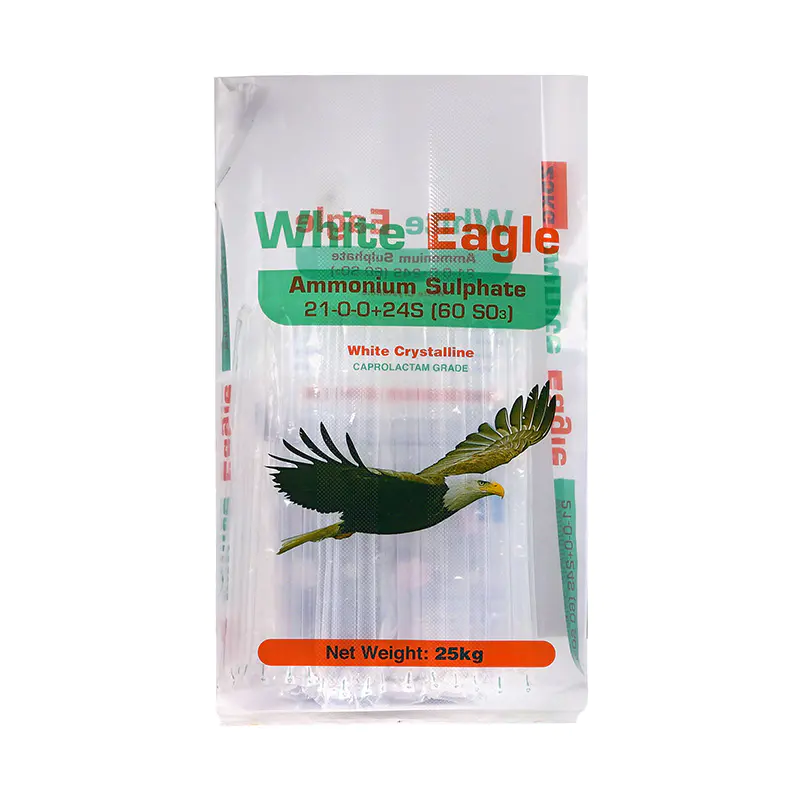Email us now!
For professionals involved in procurement and logistics, grasping the nuances of PP ton bag costs is essential for smooth operational planning. These versatile containers play a vital role in transporting and storing a wide range of goods, from industrial raw materials to agricultural products.

Market Dynamics and Core Cost Influencers
The pricing of PP ton bags is not fixed but shaped by a mix of interrelated elements. At the heart of it lies the cost of polypropylene, the primary raw material. This material’s price shifts in response to broader market trends, including changes in global supply chains, energy costs, and raw material availability. Beyond the base polymer, production processes such as weaving, cutting, and sewing add to the overall cost, with variations depending on the complexity of the bag’s design.
Logistical considerations also play a part. Transportation expenses for both raw materials and finished bags, along with storage costs during peak production periods, can impact the final price. Additionally, demand fluctuations across different sectors—such as increased activity in construction or agriculture during certain times of the year—can affect both availability and pricing, making timing an important factor for buyers to consider.
Key Specifications That Shape Pricing
The technical characteristics of PP ton bags have a direct bearing on their cost, as each feature influences material usage and production time. Understanding these specifications helps buyers align their needs with appropriate budgets.
Fabric Weight and Density: Measured in grams per square meter (gsm), the fabric weight determines the bag’s sturdiness. Thicker, denser fabrics offer greater resistance to tearing and puncturing, which is important for heavy or sharp items. However, this also means more raw material is used, pilot in a higher cost compared to lighter fabrics.
Lifting Loop Design: The loops are critical for safe handling by forklifts or cranes. Their thickness, length, and the way they are stitched to the bag body affect durability. Loops made with reinforced weaving or additional layers of fabric to withstand repeated lifting will contribute to a higher production cost but offer greater reliability during use.
Safety Factor Rating: This rating indicates the bag’s ability to hold weight beyond its rated capacity, often expressed as a ratio like 5:1 or 6:1. A higher ratio means the bag is built to handle unexpected weight spikes, which requires more robust construction and additional material. This focus on safety translates to a higher price point but is necessary for applications involving heavy loads.
Material Composition: Bags made from virgin polypropylene typically offer consistent performance and durability, while those incorporating recycled content may present a different cost structure. Recycled materials can provide a more economical option in some cases, though their performance characteristics—such as tensile strength or resistance to UV rays—may vary, requiring buyers to balance cost and functional needs.
Strategies for Bulk Procurement
When sourcing PP ton bags in large quantities, a strategic approach can help streamline the process and ensure value. Start by defining clear specifications, including fabric weight, safety rating, and any special features like liners or UV protection. Providing detailed requirements to suppliers allows for more accurate and comparable quotes, avoiding misunderstandings later.
Open communication with suppliers is key. Discussing delivery timelines, quality control measures, and potential adjustments to specifications can help build a collaborative relationship. Some buyers find that establishing regular supply arrangements, rather than one-off purchases, leads to more consistent availability and the opportunity to negotiate terms that work for both parties. It’s also beneficial to request samples before placing large orders, as this allows for firsthand evaluation of quality and performance.
Final Thoughts on Sourcing PP Ton Bags
Sourcing PP ton bags effectively requires a balance between technical requirements and budget considerations. By taking the time to understand how market dynamics and specifications influence pricing, buyers can make choices that align with their operational needs. Clear communication with suppliers, attention to quality, and a focus on long-term reliability rather than short-term gains contribute to successful procurement outcomes. Whether for industrial, agricultural, or logistical use, a well-informed approach ensures that PP ton bags meet performance expectations while supporting efficient and cost-effective operations.

 English
English русский
русский Español
Español عربى
عربى Türk
Türk







